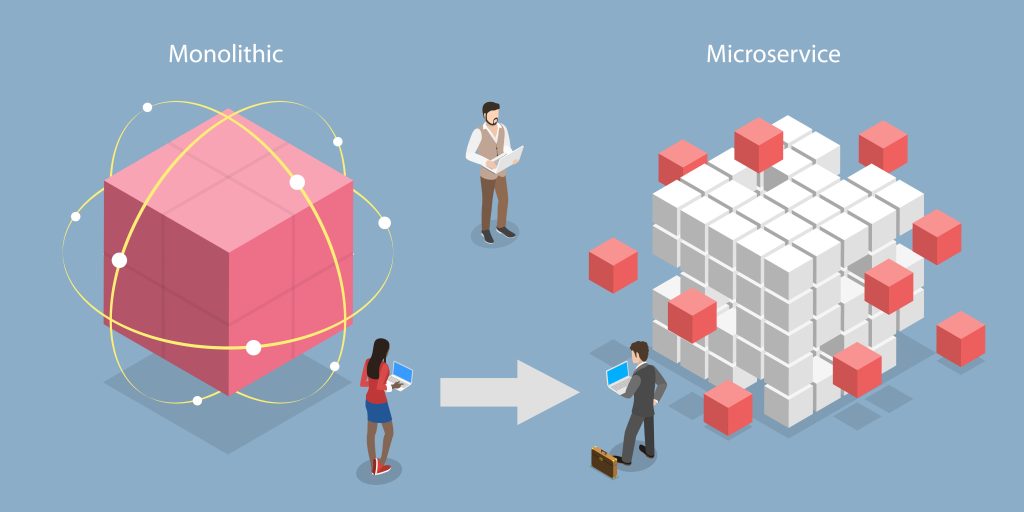
In today’s fast-paced world, remote work has become more common than ever. Employees often find themselves working from various locations—be it a coffee shop, airport, or any other public space. With this shift, there’s a need to ensure secure access to company resources from remote locations. One key aspect of this is the choice between using LDAP (Lightweight Directory Access Protocol) and its secure counterpart, LDAPS (Lightweight Directory Access Protocol Secure), for authentication.
While both LDAP and LDAPS serve the same purpose—providing a way to authenticate users and access directory information—the security implications between the two can be profound, especially when connecting via public Wi-Fi networks. This blog post delves into the risks associated with using LDAP over public Wi-Fi and why you might want to consider LDAPS as a more secure alternative.
If the company’s services use LDAP for authentication, a hacker who’s also in the airport can employ a packet-sniffing tool to eavesdrop on the network traffic. Because LDAP sends credentials in plain text or with minimal encryption, the hacker can easily harvest the employee’s credentials as they are sent to the company server.
To understand the risks, let’s consider a real-world scenario: an employee decides to work from a coffee shop and needs to access internal company services. These services use an identity provider like Keycloak integrated with LDAP for authentication.
Initial Connection: The employee connects to the coffee shop’s public Wi-Fi and logs into the internal services via Keycloak.
Unsecured Data Transmission: Because the company uses LDAP without encryption, the login credentials are sent in plain text or with minimal encryption.
Vulnerability to Eavesdropping: An attacker also connected to the coffee shop’s Wi-Fi can easily use a packet sniffing tool to capture the credentials.
Credential Harvesting: Once the credentials are captured, they can be used to gain unauthorized access to the company’s internal services.
Data Breach: Confidential data could be exposed.
Identity Theft: The employee’s identity could be used maliciously.
Reputation and Compliance Risks: The company could suffer reputational damage and even financial penalties due to compliance violations.
LDAP was designed as a lightweight protocol for accessing directory information, often over an internal, trusted network. Security was not a primary concern during its design. As a result:
No Encryption: LDAP sends data, including login credentials, in plain text by default.
Susceptibility to Man-in-the-Middle Attacks: Without encryption, an attacker can intercept the credentials easily.
Ease of Eavesdropping: Tools for sniffing network packets are readily available, making it almost trivial for an attacker to capture data.
With LDAPS, the situation would be quite different.
SSL Handshake: When the employee logs in, an SSL handshake takes place between the client and server. During this handshake, the server provides its SSL certificate to the client, effectively proving its identity.Certificate Verification: The client verifies the server’s certificate against a list of trusted certificate authorities. If the certificate is invalid or untrusted, the handshake fails, and the connection is not established.
Key Exchange: Once the server is verified, both parties negotiate to create a shared secret using algorithms such as Diffie-Hellman or RSA, which will be used to encrypt and decrypt the data.
Encryption: All data transmitted after the successful handshake, including login credentials, is encrypted using the agreed-upon encryption algorithms and shared secret.
Here’s why it would be much more challenging for a hacker to intercept packets and snoop in the LDAPS case:
Encrypted Data: With LDAPS, all data is encrypted using strong encryption algorithms. Even if a hacker were to capture the packets, the data within would be unreadable without the encryption keys.
Certificate-Based Authentication: The server has to present a valid SSL certificate, making it harder for attackers to impersonate a server (i.e., carry out a man-in-the-middle attack).
Protocol Integrity: LDAPS ensures data integrity during transmission. Even a small tampering would invalidate the data, and the connection would be terminated.
Resource-Intensive Cracking: Assuming the hacker somehow captures encrypted packets, breaking the encryption would require significant computational power and time, often rendering the attempt impractical.
Session-Specific Encryption: Even if a hacker were to crack the encryption of one session (which is already extremely difficult), the keys are session-specific, making that effort useless for eavesdropping on future sessions.
In essence, LDAPS provides multiple layers of security, making it exceedingly more difficult for attackers to intercept and decipher sensitive information. The SSL handshake ensures both parties can trust each other, and the subsequent encryption provides a secure channel for data transmission, thereby upholding data integrity and confidentiality.
Remote work is not going away any time soon, making it essential for companies to implement secure methods for remote access to internal resources. While LDAP can be suitable for trusted, internal networks, it’s often a poor choice for less secure environments like public Wi-Fi. LDAPS, although requiring additional setup, provides the level of security needed to protect your data and users, wherever they may be logging in from.

Just rewards for expertise in cloud migration and modernization of Windows-based solutions.

Explore the transformative power of microservices over traditional monolithic architectures, and discover how AWS offerings have revolutionized the way companies scale and innovate in the cloud.